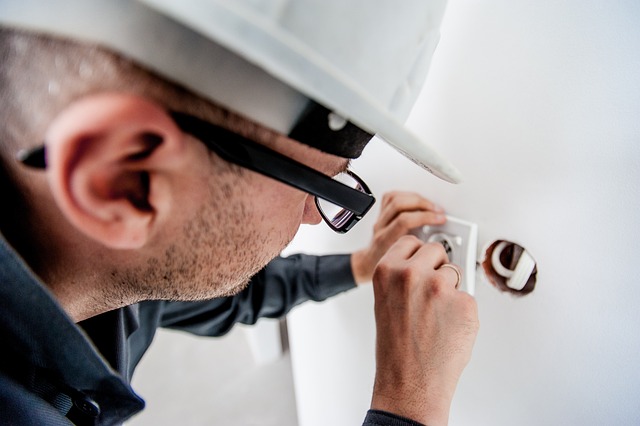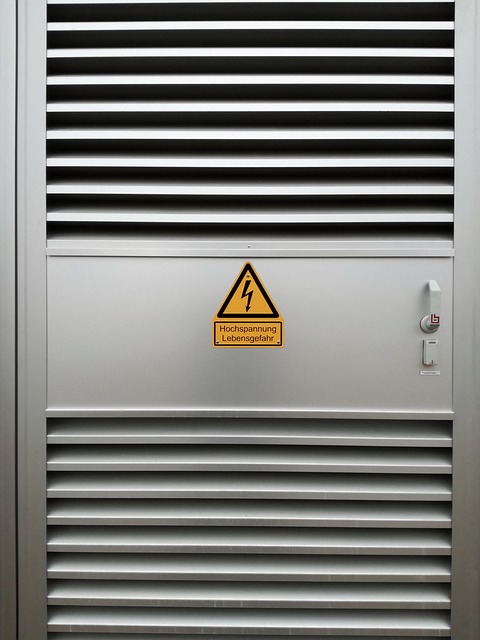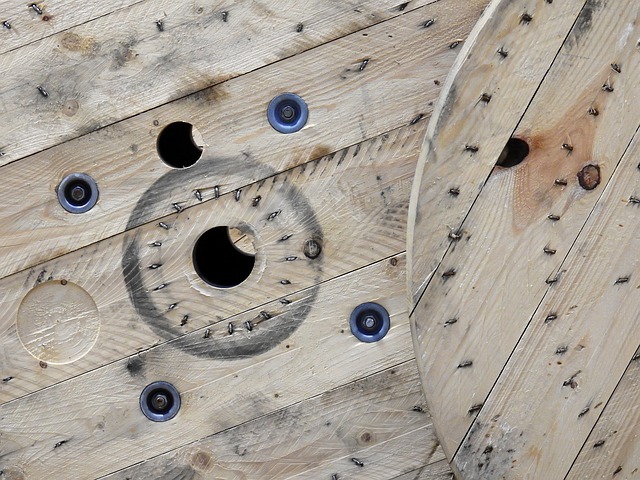Upgrading from old-style fuses to modern circuit breakers enhances electrical safety for both homeowners and electricians. Circuit breakers interrupt power flow during overloads or short circuits, preventing fires and electric shocks. They offer reset options, easy maintenance with clear on/off indicators, and superior protection against power surges. Electricians need professional expertise to replace fuses while homeowners can help by inspecting electrical panels for outdated components. This upgrade promotes efficient power distribution and prevents costly fuse-related damage.
Looking to enhance your home’s electrical safety? It’s time to consider replacing those old, outdated fuses with modern circuit breakers. This upgrade offers increased protection against overloads and short circuits. Our article delves into the intricacies of both traditional fuses and contemporary circuit breakers, highlighting their distinct advantages. We provide a comprehensive installation guide, accompanied by essential safety tips for electricians and homeowners alike. Discover why this simple switch can make a significant difference in your home’s electrical system.
- Understanding Old Fuses and Modern Circuit Breakers
- Benefits of Upgrading to Circuit Breakers
- The Installation Process: A Step-by-Step Guide
- Safety Considerations for Electricians and Homeowners
Understanding Old Fuses and Modern Circuit Breakers

Old-style fuses, once a standard safety feature in electrical systems, have largely been replaced by modern circuit breakers. Understanding the distinction between these two components is essential for any electrician dealing with outdated wiring. Fuses are designed to protect circuits from overcurrent conditions by blowing or melting when excessive electricity flows through them. This mechanical failure acts as a circuit interrupter, preventing potential fires or damage caused by short circuits.
In contrast, modern circuit breakers serve the same purpose but with enhanced functionality. They use electromagnetism to detect and interrupt excessive current, automatically opening the circuit to cut off power flow. Circuit breakers are more reliable and versatile than fuses, offering easy reset options and accommodating higher electrical loads. This evolution in electrical safety mechanisms underscores the importance of updating old wiring systems for better home or business security.
Benefits of Upgrading to Circuit Breakers

Upgrading from old fuses to modern circuit breakers offers a plethora of advantages for both homeowners and electricians. One of the key benefits is enhanced safety. Circuit breakers are designed to interrupt the electrical flow in case of an overload or short circuit, preventing potential fires and electric shocks. Unlike fuses, which can overheat and fail, circuit breakers have a reset button, allowing for easy restoration of power after a trip. This feature makes them more convenient and cost-effective in the long run.
Modern circuit breakers also provide better protection against power surges, which are common causes of electrical damage to appliances and electronics. They can detect and mitigate these sudden spikes in voltage, safeguarding your valuable devices and extending their lifespan. Moreover, circuit breakers are easier to install and maintain, as they come with clear indicators for on/off status, making them user-friendly. Electricians can quickly identify issues and perform repairs, saving time and ensuring a more efficient electrical system.
The Installation Process: A Step-by-Step Guide

Replacing old fuses with modern circuit breakers is a task best handled by a qualified electrician. Here’s a step-by-step guide to ensure the process is safe and effective. First, locate the electrical panel, often found in basements or utility rooms. Next, turn off the main power supply to the house at the main breaker to avoid any accidents. With power offline, remove the old fuse box cover, revealing the array of fuses. Identify the circuit you wish to work on and carefully extract the faulty fuse. Once removed, inspect the slot for debris or corrosion. Clean the area if necessary before inserting a new circuit breaker of the appropriate amperage rating. Double-check that the breaker is securely in place before reassembling the fuse box cover and turning on the main power supply.
Safety Considerations for Electricians and Homeowners

When it comes to electrical safety, both electricians and homeowners should be aware of the significance of replacing old fuses with modern circuit breakers. Fuses, though once a standard safety mechanism, have limitations; they can overheat, melt, or blow, causing potential hazards like fire or electrical shock. In contrast, circuit breakers offer enhanced protection by automatically cutting off power in case of overload or short circuits, significantly reducing the risk of damage and injury.
For electricians, understanding this shift is crucial as it involves specialized knowledge to install and maintain modern circuit breaker systems. Homeowners, too, play a vital role; they should regularly inspect their electrical panels for any signs of wear or outdated components. By keeping an eye on these details, homeowners can ensure the safety of their families and properties, while also promoting efficient power distribution that prevents costly damage caused by outdated fuses.
Upgrading from old fuses to modern circuit breakers is a smart move for any electrician or homeowner. By adopting this simple yet effective change, you gain enhanced safety features, improved reliability, and easier troubleshooting. The installation process, detailed in our step-by-step guide, ensures a seamless transition while prioritizing safety. Trusting a qualified electrician to handle this task is paramount, ensuring the job is done correctly and securely. Embrace modern circuit breakers today for a safer and more efficient electrical system.
